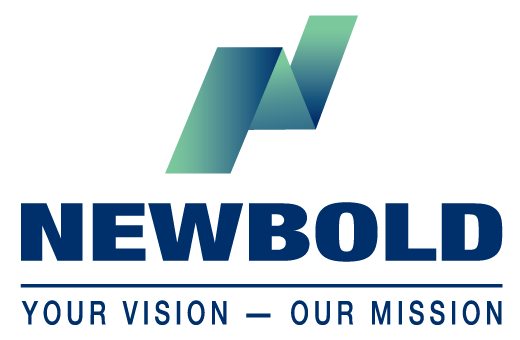Remote Work…It’s Not Exactly Living Up to the Hype
Two years ago, the idea of working remotely was the stuff of employee fantasy and seemed to be reserved for West Coast startups and tech giant worker bees. When the COVID lockdown hit, companies scrambled to keep things moving with an off-site workforce. To the surprise of, well, no one, most of us adjusted quite easily to working from the comfort of home, wearing sweats … and developing a new relationship with the fridge. Now, here we are, ensconced in the home office and feeling pretty good about it.
But How’s This Supposed to Work
As we round out 2021, a new reality is emerging for most industries, including financial services: employees are now calling the shots and they don’t want to be in the office – at least not full-time. They’re saying “Hey, wait just one minute. I’m not sure if I want to go back.” (Or in the case of GenZ, go into an office for the first time!)
Both hiring and retaining quality employees is turning out to be a tougher sell for employers, who are being forced to offer various in-office and at-home work options. Firms are now having to make operational changes like “hoteling” workspaces and special accommodations more than they had ever dreamed they would to support a work-life balance for their employees.
We’re All Over the Map
The entire concept of work weeks and teams divided between off-site working and on-site traditional desk duty has birthed an HR term we just didn’t ever see coming: HYBRID WORK. Hybrid work, defined by those who are trying valiantly to see if it’s actually, um, working, is a situation where some employees return to the workplace, some work from home and others do both.
Research is quickly emerging on both the upsides and the downsides of hybrid work. And depending on your perspective – and probably your position on the corporate ladder – you have an opinion on the new world order.
The Upsides…
The Enterprisers Project indicates things are not all doom and gloom. According to their research, careful planning for a hybrid work model can result in greater employee productivity, higher job satisfaction, and improved mental health.
Our informal survey showed, anecdotally, that people generally like working remotely:
“We like working from home.”
“We’re more productive.”
“We feel happier.”
“We like stretchy pants.”
With all the positive vibes employees are (for the most part) espousing, we could make bumper stickers. That is, if we used cars to get to work anymore.
…the Downsides
Online resource theHRDirector suggests hybrid work is a “double-edged sword.” According to Work Lab, statistics on hybrid working show a less-than-rosy picture of our new stretchy-pant workday. What they found is employees struggling with:
- Higher levels of fatigue
- Difficulty in “switching off” work
- A lack of a true connection with colleagues
- A widening gap between generations, ethnic groups and people of different backgrounds as opportunities for a effective space for homeworking differ based on these factors
- Potential visibility problems from not being around the office
The Novelty is Gone. Now What?
Somewhere in this new work order, the Zoom fatigue started kicking in. And the emails, texts and phone calls started rolling in at all hours of the day and night. Because, hey, we’re working from home and home is always open! We’ve rediscovered that what’s lost on Zoom calls and lengthy email threads are the unspoken signals that are an integral part of communication:
- Eye contact
- Reading someone’s facial expressions
- Give-and-take conversation in a strategy meeting or a brainstorming session
- Energy that only comes from being present in the same room
And, no surprise, the biggest loss in the work-from-home, hybrid setup: regular, predictable, and continuous human interaction.
We’re Landing Somewhere in Between
But all is not lost, because hybrid means we get both: some at-home productivity and some in-office traction! If variety is the spice of life, then maybe hybrid work is the icing on the cake. Ok, we’re still thinking about the fridge. But the point is, there are positives about playing in this new, in-between space that is forcing employers and employees to reconsider what it means to be valued and what it means to be GOOD at your job.
In-person contact still matters. We – both employers and employees – are putting greater value on the creativity and innovation that happens when people come face-to-face in the workplace. We now acknowledge that real live conversations lead to new ideas and innovative ways of approaching work and interpersonal issues.
Flexibility breeds change. By mixing up the way the workforce operates, employers have the chance to see how their teams handle change. With a mix of in-person and remote teams, we have an opportunity for a different kind of innovation: one that promotes more effective communication and alternative meeting styles.
One thing is certain: the workplace is forever changed. We’d love to know your thoughts on hybrid working. How are you as employees and leaders handling the new hybrid work model? Let us know your thoughts in the comments below!
